“A major contributor to the historic East Town neighborhood…..”
City Directories and History: 1908 – Mrs. Mary Youngblood, 1913 – Mrs. Mary Youngblood, 1922 – Mrs. M.S. Bynum, 1936 – Ida and Mary Bynum, 1938 – Same, 1959 – Ida B. Bynum
This remains one of Reid Street’s finest examples of simplified Queen Anne style homes featuring classical revival elements. The home was constructed next to the White’s downtown property and overlooked their barnyards in the rear.
The Rock Hill Herald reported on Sept. 5, 1903 – “Mrs. Henry Youngblood has returned to the city and is now with her children, occupying the J.C. Poag home on Academy Street.”
The Rock Hill Record reported on May 20, 1904 – “That J.S. Starr has the contract for erection of a two story nine room residence for Mrs. Mary Youngblood (Mrs. Henry Youngblood), in Whiteville.”
The Record reported on Feb. 11, 1907 – “Mrs. H. E. Youngblood would be receiving guests at her home at 137 Reid Street.”
The Herald reported on May 22, 1942 – “The city has approved giving the War Production Board the right to salvage the street car tracts on Main and Trade Streets. Pres. A.H. Bynum of the Rock Hill Land and Town Site Company has asked if the company has equity in the tracts.”
This house was built in circa 1905. The front has a gabled projection with round louvered attic vents, lap siding and simple decor both inside and out makes this a fine example of the style home desired by many Rock Hillians in the early 20th century. The Bynum sisters who resided here, were members of the Cherry – Bynum family on Oakland Avenue and were both highly distinguished individuals widely respected throughout the area.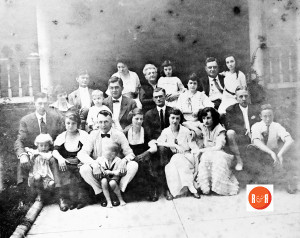
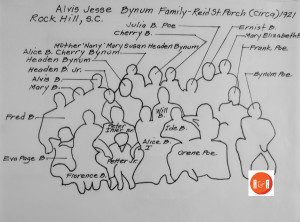
Due to the strong similarities with the Dacus home and others along Oakland Avenue which are attributable to Julian S. Starr, it is highly likely he too was involved in the design of this home (besides the newspaper article). However, there is no documented evidence to support this, only architectural and design connections. Julian S. Starr lived just around the corner on Main Street and was actively involved in construction and design from 1902-1931, a period in which many of the home on Reid were under construction.
REID STREET NEIGHBORHOOD AT A GLANCE – In 1992, the Reid Street-North Confederate Avenue Area Historic District was placed in the National Register of Historic Places. The district includes the White House, which had been placed in the register as an individual property in 1969. East Main Street, Reid Street and Confederate Avenue developed as one of the first residential neighborhoods surrounding the downtown area of Rock Hill. By the 1870s, houses were being built along East Main Street several blocks from the originally platted area of the community. In 1888, the first public graded school was built nearby on Black Street. Central School served the community for many years, and today the site of the school is occupied by the Central Child Development Center. A street was opened between Main and Black which terminated at the school. Originally called Academy Street, the name was later changed to Confederate Avenue. Reid Street was opened just after the turn of the century, and the entire area rapidly filled with houses.
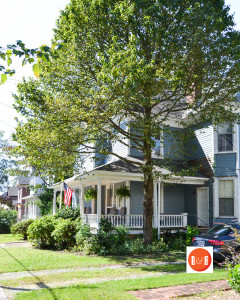
Images taken by R&R in 2015
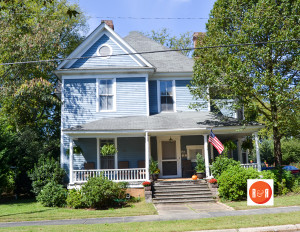
The families who moved into this neighborhood were largely middle class business or professional families. Most worked in the downtown area, only a two to three block walk away. Several of the early home owners were employed as teachers or government workers. Merchants included R. W. Cranford, who operated a department store, Arthur Patterson (wholesale grocery), James Huey (pharmacy), John Good (stable), and the Barnes and Workman families (telephone business). Dr. W. R. Blackmon lived on Main Street and other residents of the area included the superintendent of the Highland Park Mill (Charles Steed), and a railway conductor (Ernest Guntharp). R. E. Tomkins moved his family from Kershaw to East Main Street so that his children could benefit from the new school.
Most of the earliest houses in the neighborhood were in Late Victorian Styles, including one-story cottages and two-story homes. Several excellent Victorian homes remain on North Confederate Avenue and Reid Street. The John Good House (c. 1895), located at the corner of East Main and Confederate, is an exceptional late Victorian style home. Later houses were built in the emerging Classical Revival style. Just after 1900, some of the earlier Victorian houses on East Main Street were moved to Reid Street. These one-story Victorian cottages were replaced by larger classical revival homes. Apparently, East Main Street was becoming more fashionable, and the cottages had gone out of style and were too small for the area.
This neighborhood is still largely intact and represents one of the best collections of historic homes in Rock Hill. We are indebted to the property owners who have maintained and restored these beautiful houses. [Written and contributed to R&R by Paul M. Gettys]
Click on the More Information > link found below the picture column for additional data or pictures.
Stay Connected
Explore history, houses, and stories across S.C. Your membership provides you with updates on regional topics, information on historic research, preservation, and monthly feature articles. But remember R&R wants to hear from you and assist in preserving your own family genealogy and memorabilia.
Visit the Southern Queries – Forum to receive assistance in answering questions, discuss genealogy, and enjoy exploring preservation topics with other members. Also listed are several history and genealogical researchers for hire.
User comments welcome — post at the bottom of this page.
Please enjoy this structure and all those listed in Roots and Recall. But remember each is private property. So view them from a distance or from a public area such as the sidewalk or public road.
Do you have information to share and preserve? Family, school, church, or other older photos and stories are welcome. Send them digitally through the “Share Your Story” link, so they too might be posted on Roots and Recall.
Thanks!
User comments always welcome - please post at the bottom of this page.

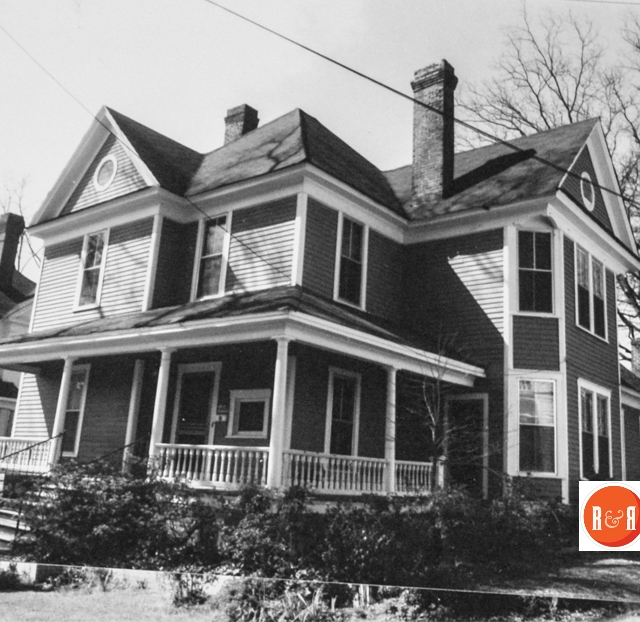
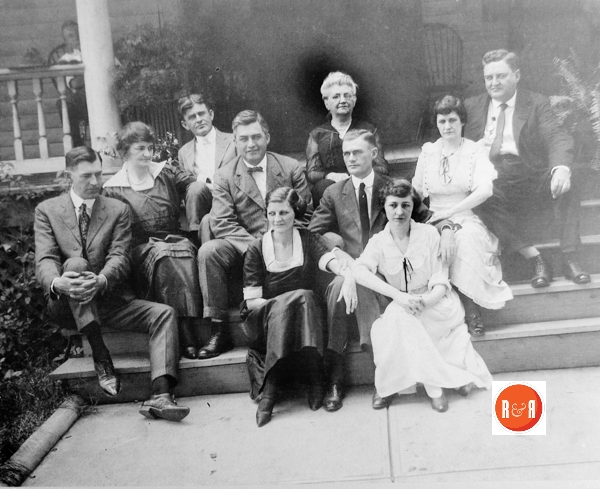


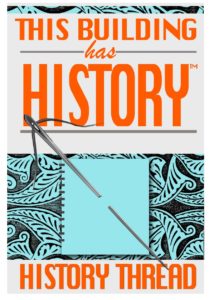
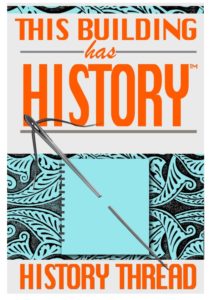


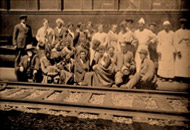
Share Your Comments & Feedback: